
An old-growth forest in Milwaukee County gets recognition!
May 5, 2024 | Topics: Events, Places, Spotlight
By Eddee Daniel
Yes, believe it or not, there is an old-growth forest right here in Metro Milwaukee. And what better way is there to celebrate any forest than to take a hike in it! That’s just what numerous officials from Milwaukee and Illinois did on May 1 when Cudahy Nature Preserve—aka Cudahy Woods State Natural Area—was inducted into the Old-Growth Forest Network (OGFN).

I still remember the first time I visited this remarkable 42-acre urban forest, years ago. It was the same time of year, early spring, and I was looking for ephemeral wildflowers. I had asked Brian Russart, Milwaukee County Parks Natural Areas Supervisor, for advice on where to find them. Cudahy Woods was on his short list. When I arrived I quickly discovered two amazing things. First, yes, were the flowers. The forest floor was awash in white trout lilies—acres of them. But then, as I wandered along the trail, my eyes were drawn up from the ground by the trunks of some enormous trees. I walked in stunned admiration, feeling as if I’d been transported up north somewhere. My reverie was only broken when the inescapable roar of a jet taking off from Mitchell Field next door reminded me I was still in Milwaukee County.

It was quite a treat, on this occasion, to have Russart himself in the park, not only to accept the award, but also to lead a hike through the woods, sharing his extensive knowledge of plants and forest ecology along the way. He was joined by Parks Director Guy Smith and several other Parks staff. Nick Sanchez, OGFN Network Manager, was up from their regional office in Chicago to present the award, along with three volunteers, also from Illinois. Along with representatives of several other agencies, interested non-profits and park Friends groups.
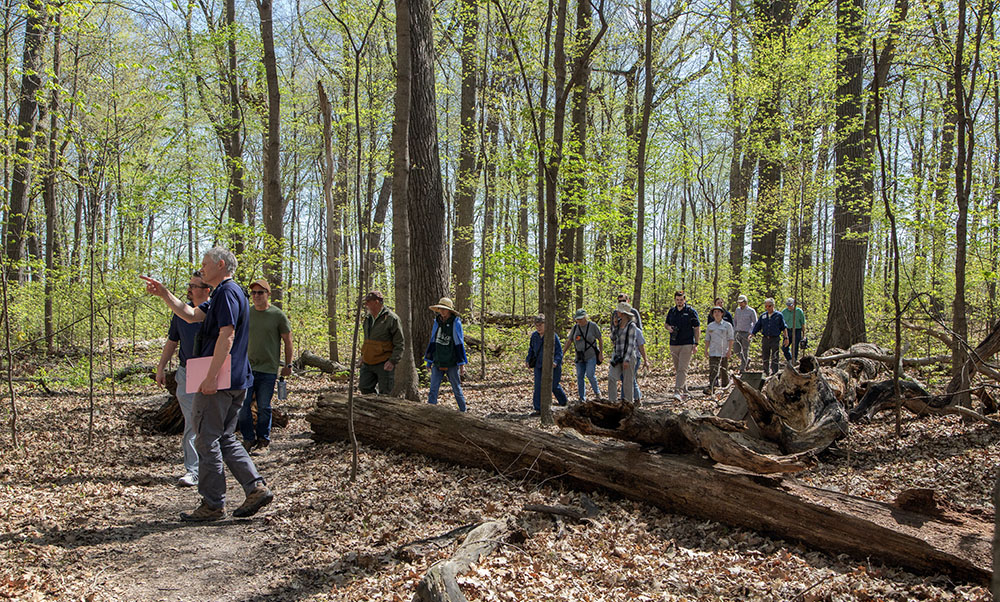
“Forests like Cudahy Nature Preserve are great places for families to experience the magic of old forests and the plants and wildlife that inhabit them,” said Sanchez in the OGFN press release. “We encourage you to visit and explore other forests that have been recognized in the Network or get involved in their conservation to help protect these special places.”
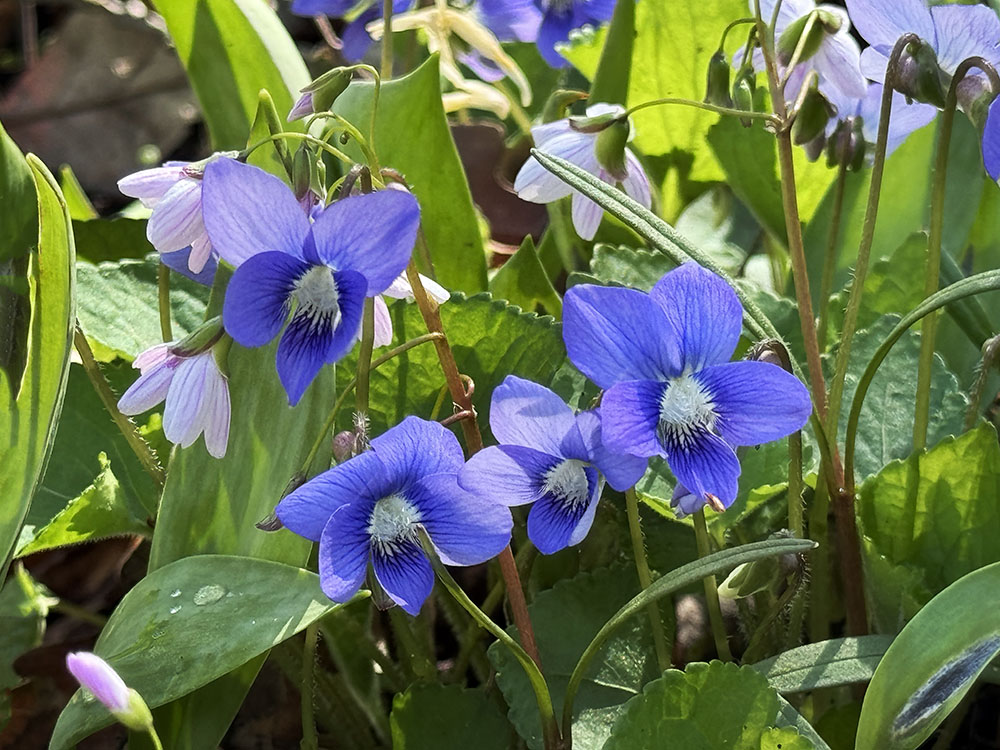
What constitutes “old growth” you might ask. The OGFN website explains that “the forests in the Old-Growth Forest Network are chosen because they are among the oldest known forests in their county.” This forest would satisfy any definition. According to Russart, “Cudahy Nature Preserve has red oak trees that are likely 300 years of age. When those trees were seedlings, Europeans had not yet arrived in Milwaukee County. As these oaks matured, passenger pigeons [now extinct] could have realistically roosted in their branches and fed on their acorns.”
In an email, Russart told me, “I think this special designation is a culmination of all the people who have stewarded this forest over the last 300 years, whether that was the Parks Department, dedicated volunteers, the Cudahy family, or Milwaukee County’s original land stewards, the indigenous people who resided and continue to reside in the county.”

The Southeastern Wisconsin Regional Planning Commission (SEWRPC), which is responsible for metropolitan planning services in the seven counties of SE Wisconsin, has had its eye on this forest for a long time. Zachary Kron, a SEWRPC biologist who participated in the hike, explained in an email, “SEWRPC’s interest in the woods goes back many decades. This is one of those sites that was well studied prior to the Commission completing its natural areas inventory for the Region. Since then, Commission staff have completed several botanical surveys at the woods at the request of the County. Under Parks management and protection, with assistance of dedicated volunteers, Cudahy Woods remains one of the finest quality examples of this forest type in the Region.”

As our tour proceeded through the park I found myself once again caught up with the twin poles of natural beauty. Ephemeral wildflowers, such as white trillium, spring beauty, and wood violet—Wisconsin’s state flower—graced the forest floor. Russart bent down at one point and identified early meadow rue for us, a far less showy native flower that I would have overlooked. Then, looking up, the morning sun streamed through the newly budding leaves in the canopy far above our heads. He identified many of the dominant tree species, including sugar maple, red oak, white oak, basswood, beech, and bitternut hickory—which was a new one to me.
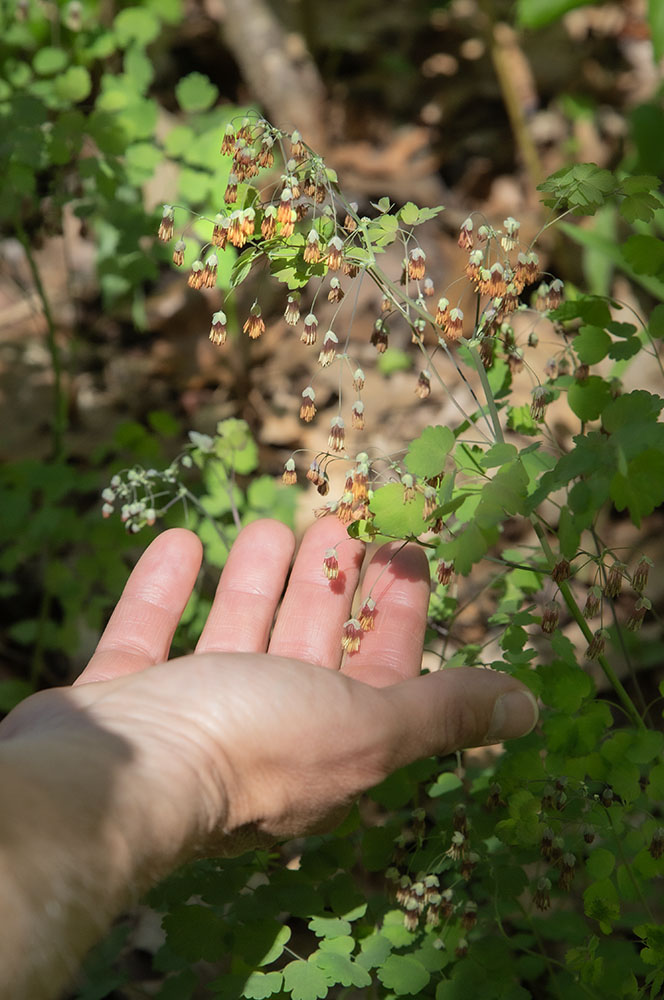
Even the many fallen timbers are essential to the forest ecology. Russart stopped next to a particularly gargantuan log to explain what happens when a mature tree topples: It opens a large hole in the canopy that allows younger, smaller trees to flourish and rejuvenate the forest.
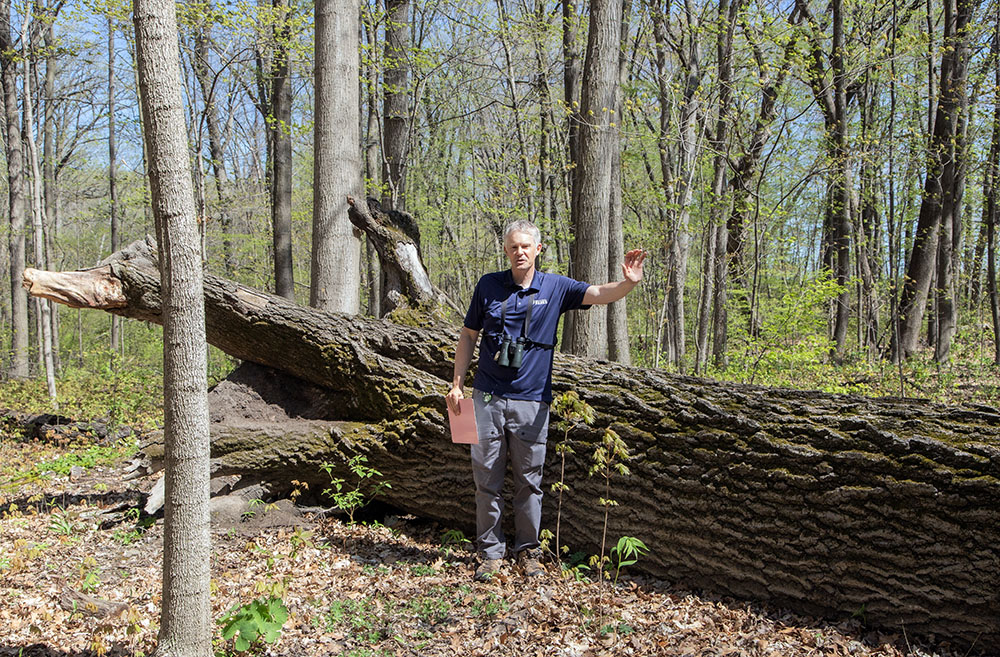
We had representatives of the birding community with us, reveling in the bird calls that helped enliven our walk. They spotted a red-headed woodpecker that I would have missed had I been on my own. In a follow-up email, Colleen Resendiz, president of the Wisconsin Metro Audubon Society wrote me to share this: “It’s such a special place, and right in the heart of Milwaukee County! We have enjoyed birding there throughout the year. Thank you to the Parks Department and the park volunteers for taking care of this treasure.”
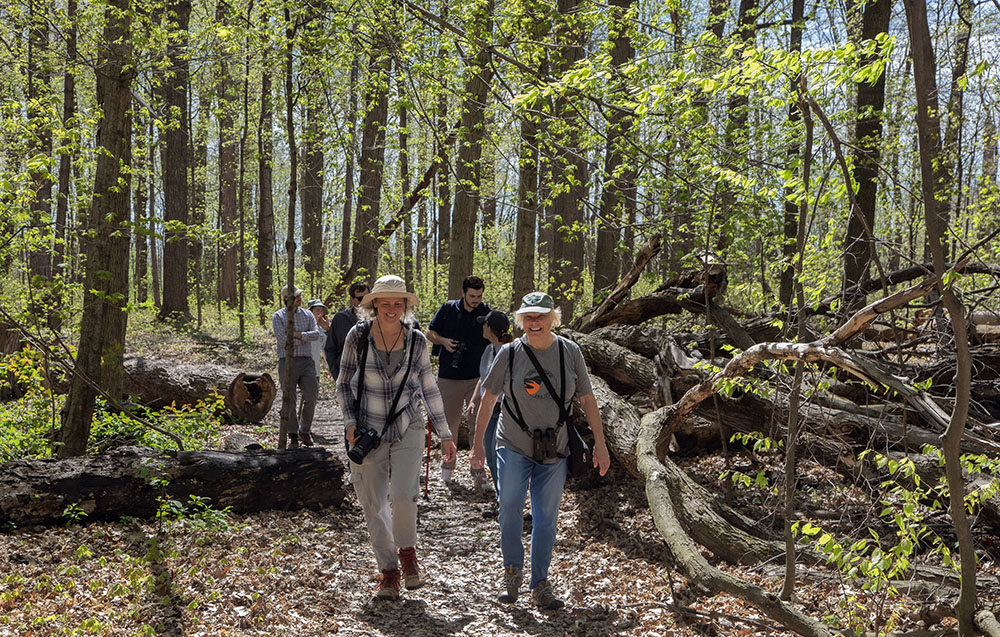
Parks director Smith added his own salutations and reflections: “I’m incredibly proud, humbled, and inspired to see Cudahy Nature Preserve inducted into the national Old-Growth Forest Network. In 1976, a section of wooded land filled with beautiful sugar maples was generously dedicated to the Milwaukee County Park Commission by the Patrick and Anna M. Cudahy Fund, contingent on the promise that the County would maintain the area’s classification as a natural area worthy of preservation, maintain and continually improve the land to the best of its ability, and never part ways with the property through sale. Nearly 50 years later, I’m proud to say that the Michael F. Cudahy Nature Preserve is now officially recognized as a part of the nation’s network of protected, old-growth, native forests. This achievement is just one of the many examples throughout Milwaukee County’s history of generosity and a shared vision for environmental sustainability leaving a lasting impact on our community.”

This award is far more than an honor. It is testimony to the importance—and rarity—of old-growth forests. According to OGFN, in the US less than 5% of original Western forests and less than 1% of original Eastern forests qualify as old growth. And consider this: How many of those few forests are nestled within urban settings like Milwaukee?
“Old-growth is incredibly rare and typically confined to remote and inaccessible places like swamps and steep gorges,” says Sanchez. “However, sometimes spectacular old-growth is hiding in the most unexpected places, like adjacent to the runway of an international airport. The Old-Growth Forest Network is so thankful that this forest remains protected and accessible to the public and we’re proud to recognize it. Walking through this forest with the Milwaukee County Park staff and community members who take care of this place, my expectations were far exceeded. I would encourage people to slow down, notice the forest change as you walk through, pay attention to things like bark textures, the gnarly, weathered crowns, grieve the fallen giants and then appreciate what they now contribute to the forest. The importance of undisrupted time and the work of critical natural processes are on full display.”
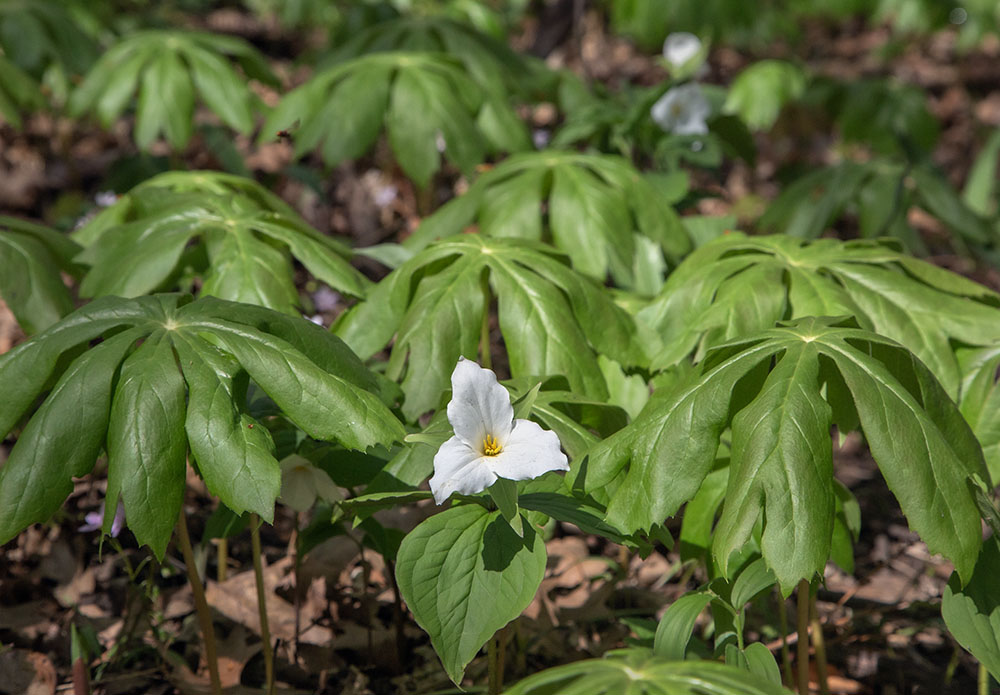
Cudahy Nature Preserve is the eighth forest to be recognized in Wisconsin. Half of them are in the far north, but this makes the fourth in SE Wisconsin—a wealth of old-growth for us to enjoy in the metro region! The other three are Muskego County Park in Waukesha County, Kurtz Woods in Ozaukee County and Sanders Park in Racine County (all of which can be found on our Find-a-Park map and by using these links). Founded in 2012, OGFN has recognized more than 230 forests in 37 states. A full list and map of recognized forests may be viewed on the OGFN website.
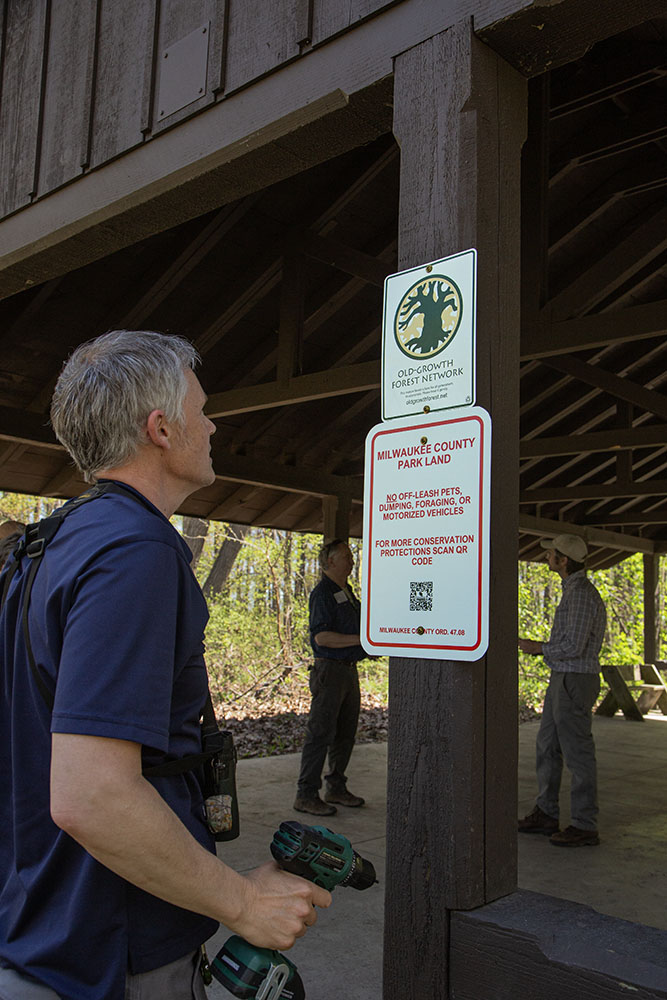
When you go to visit this extraordinary place, please note that due to the sensitive habitats it protects you should stay on the designated trails, there is no foraging allowed, and your furry friends must remain leashed.
All of the images in the story above were taken during the event, except as noted. The following are selected images from past visits to Cudahy Nature Preserve, some in other seasons.
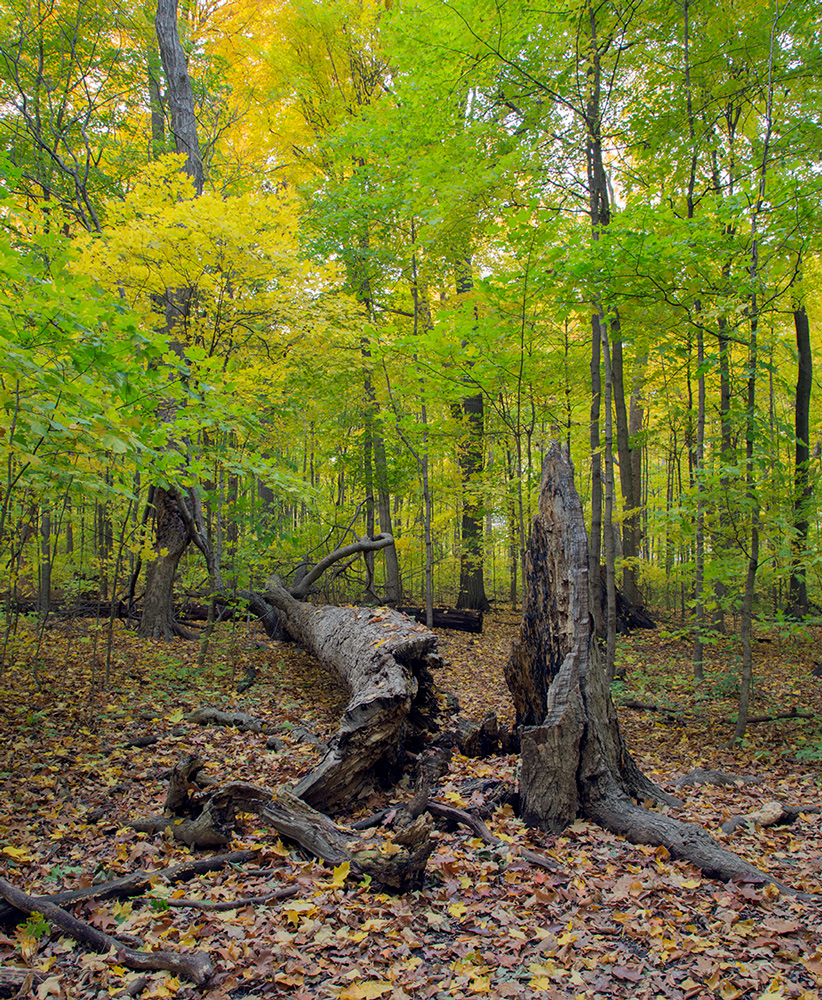

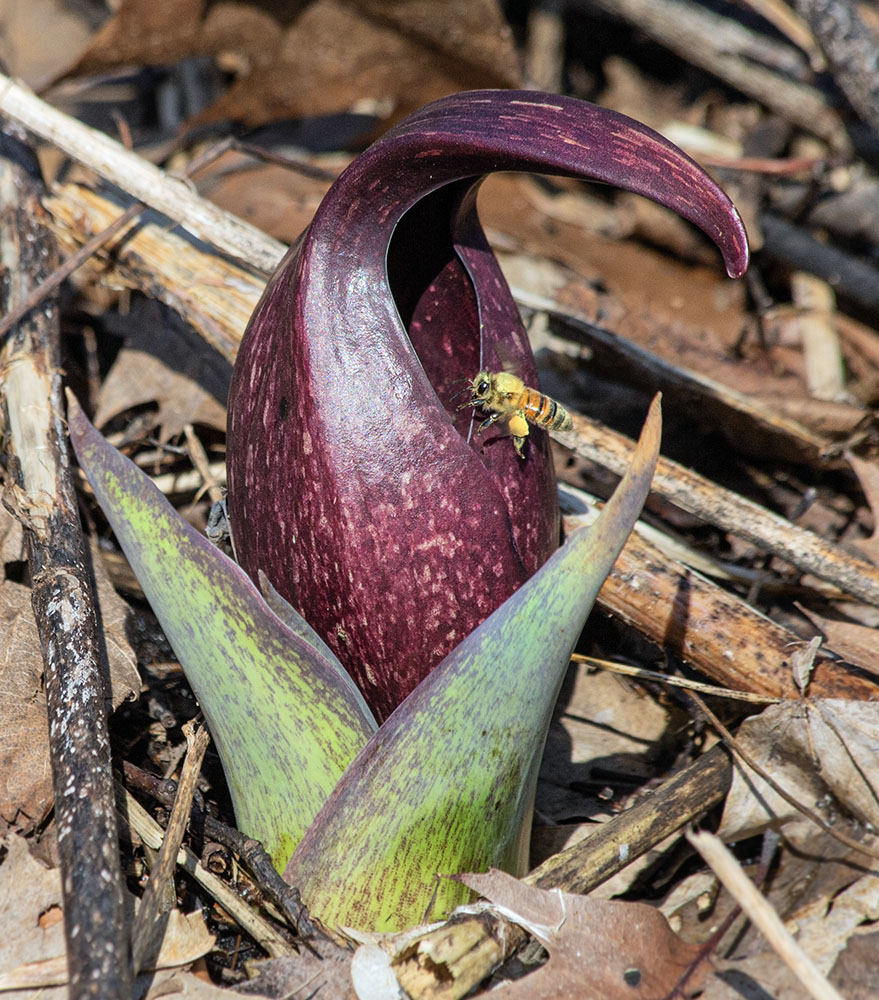
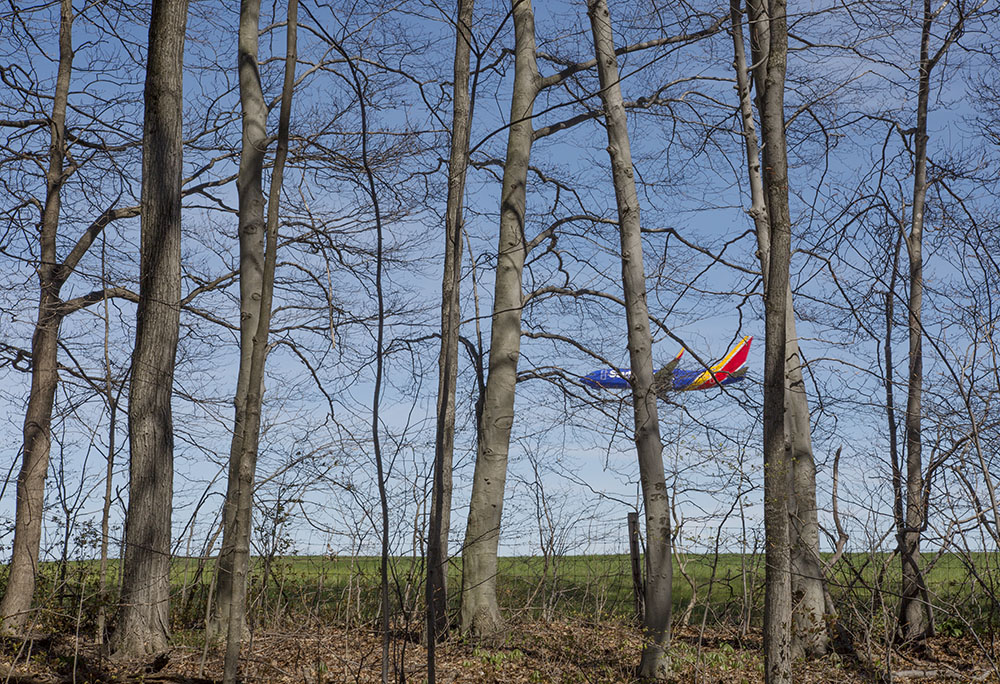
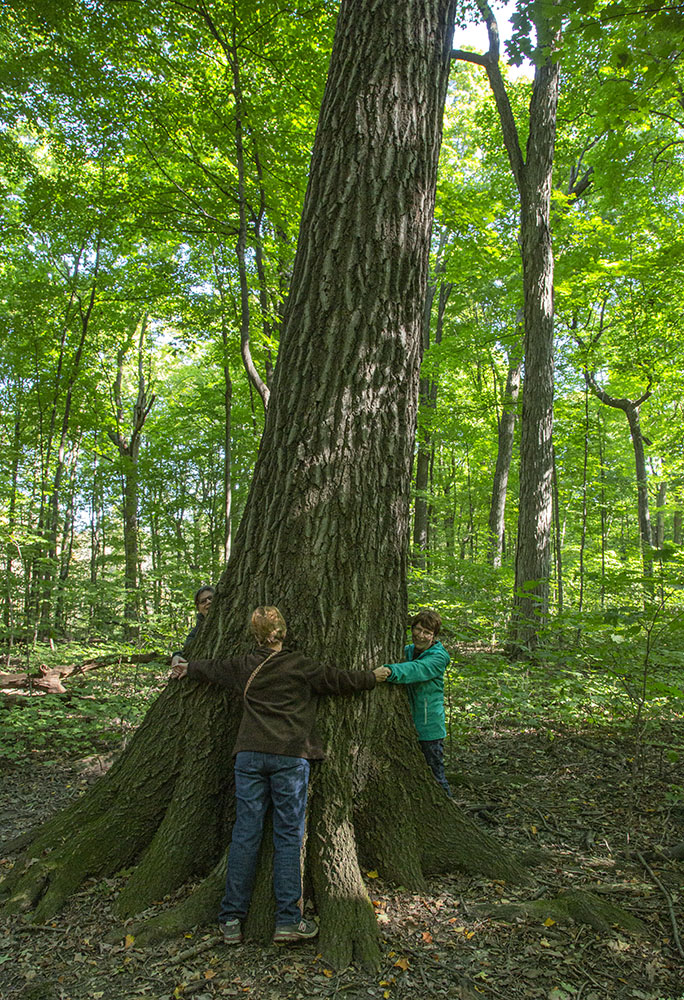
For more information, a trail map, and additional photos about Cudahy Nature Preserve go to our Find-a-Park page.
Related story:
5 Great Milwaukee-Area Parks and Why You Should Visit
Eddee Daniel is a board member of Preserve Our Parks. Milwaukee County Parks Department is a project partner of A Wealth of Nature. The featured photo at the top was taken in autumn of 2018.
One thought on "An old-growth forest in Milwaukee County gets recognition!"
Comments are closed.


One of my favorite places and you captured it so well. Thank you, Eddee